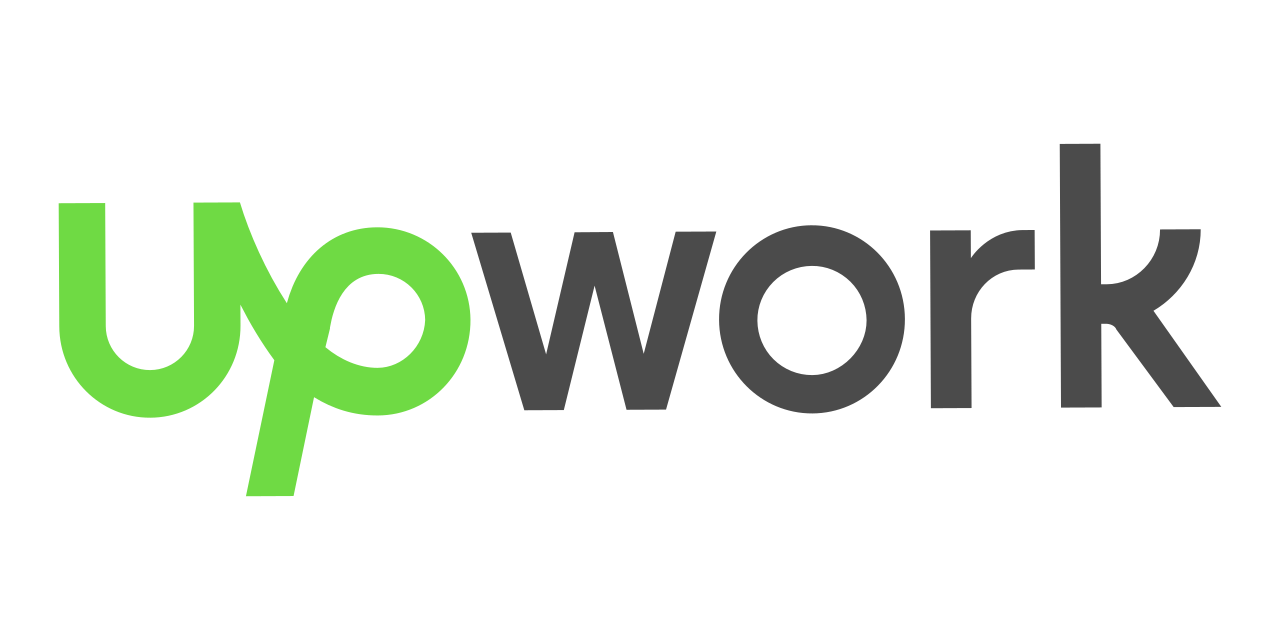In today’s hyper-competitive digital landscape, businesses are constantly seeking smarter ways to scale. Traditional marketing methods alone no longer cut it. That’s where marketing automation steps in—empowering growth hackers, marketers, and digital agencies to do more with less. Welcome to The Growth Hacker’s Guide to Marketing Automation Mastery—your blueprint to scaling faster, smarter, and more efficiently.
What Is Marketing Automation?
Marketing automation refers to using software tools to automate repetitive marketing tasks such as email campaigns, social media posts, lead nurturing, and ad management. It allows you to create personalized customer journeys at scale without increasing headcount or sacrificing quality.
From small businesses to enterprise-level organizations, marketing automation is the fuel behind high-performing digital marketing strategies. It doesn’t replace creativity—it enhances it with data, timing, and precision.
Why Growth Hackers Love Marketing Automation
Growth hackers are all about achieving exponential results with minimal resources. For them, marketing automation is not just a convenience—it’s a necessity.

Here’s why:
Speed: Launch, test, and scale campaigns faster.
Efficiency: Save time by automating repetitive tasks.
Data-driven: Use insights to optimize every touchpoint.
Personalization at scale: Deliver the right message to the right person at the right time.
If you’re a growth hacker looking to maximize your marketing impact, mastering automation is non-negotiable.
Step 1: Build a Smart Funnel
Every great marketing agency starts with mapping the buyer journey. From awareness to conversion, you must build a funnel supported by automation tools at each stage.
Top of the Funnel (TOFU): Use tools like HubSpot or Mailchimp to capture leads through lead magnets (eBooks, free tools, webinars). Set up automated welcome sequences to nurture those leads.
Middle of the Funnel (MOFU): Send targeted content based on behavior—pages visited, emails opened, or links clicked. Tools like ActiveCampaign and Drip let you build logic-based workflows.
Bottom of the Funnel (BOFU): Trigger sales follow-ups, abandoned cart emails, or free trial reminders automatically. Integrate with CRM systems to pass hot leads to your sales team.
Step 2: Segment and Personalize
Gone are the days of blasting generic messages to everyone. Modern digital marketing thrives on segmentation.
Break down your audience by:
Demographics
Behavior (clicks, opens, purchases)
Interests
Funnel stage
Then, personalize every interaction. Use merge tags in emails, dynamic content on landing pages, and behavior-based retargeting ads. Marketing automation platforms like Klaviyo and ConvertKit make this seamless.
Step 3: Leverage Multi-Channel Automation
Email is just the beginning. A true growth hacker integrates automation across multiple platforms:
Email marketing: Auto-responders, drip sequences, re-engagement campaigns.
Social media: Schedule posts, auto-reply to DMs, retarget engaged users.
Ads: Retarget website visitors or email subscribers through Google Ads and Meta.
SMS & push notifications: Time-sensitive updates or promotions.
The key is orchestration. All channels should work together to guide leads down the funnel. Agencies and brands that master this generate 2X higher ROI from their marketing efforts.
Step 4: Test, Measure, and Optimize
One of the most powerful aspects of marketing automation is the ability to test and iterate.
Run A/B tests on:
Subject lines
Call-to-action buttons
Send times
Landing page content
Then analyze performance metrics—open rates, click-through rates, conversions. Most tools have built-in dashboards to help you identify what’s working and what needs improvement.
For growth hackers, optimization is continuous. Automation lets you scale experiments, measure results quickly, and pivot as needed.
Step 5: Don’t Forget the Human Touch
While automation handles the heavy lifting, your marketing should never feel robotic. Infuse your brand’s personality into your emails, ads, and content. Use automation to support real connections, not replace them.
Set up alerts to notify your sales team when a lead is highly engaged. Use personalized video messages, handwritten emails, or live chats to convert high-value prospects. The best marketing agencies balance automation with authenticity.

Tools of the Trade
To master marketing automation, start with the right tech stack. Some popular tools include:
HubSpot – all-in-one CRM + automation
Mailchimp – email automation for beginners
Active Campaign – advanced segmentation and automation
Zapier – connects tools and automates workflows
Hootsuite or Buffer – social media automation
Google Tag Manager + GA4 – for tracking and analytics
Choose tools that align with your goals, budget, and team size.
conclusion
In the hands of a growth hacker, marketing automation becomes a powerful weapon. It unlocks the ability to scale fast, test ideas, and engage your audience like never before.
Whether you’re an in-house marketer, a solo entrepreneur, or part of a full-service marketing agency, the path to digital dominance begins with automation mastery.




